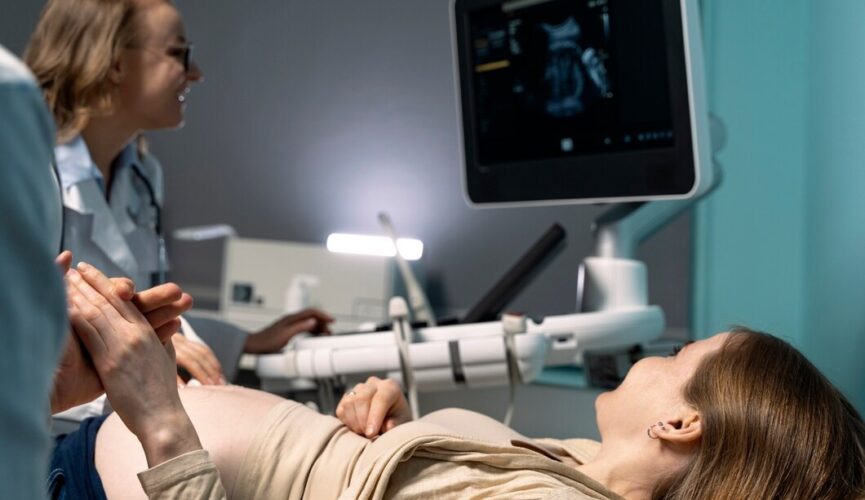In the vast realm of medical diagnostics, the advancements in imaging technologies have always piqued public interest. While many of us are familiar with conventional ultrasounds, there’s an intriguing progression that’s been making waves: the transition from 2D to 3D imaging. Let’s dive deep into the fascinating world of ultrasounds and explore the myriad benefits that 3D imaging brings to the table.
Understanding the Basics of Ultrasound
Ultrasound technology works by sending out sound waves that bounce back after hitting a structure, such as a fetus or organ. These returned waves are then translated into an image. Traditional 2D ultrasounds produce flat, two-dimensional black and white images. They offer a snapshot of a particular section of the body. On the other hand, 3D imaging services in Sydney have opened the door to lifelike three-dimensional images, allowing for a comprehensive view of the area of interest.
From 2D to 3D: The Evolution
3D ultrasounds utilise advanced software combined with specially designed probes to capture multiple 2D images. The software then processes these 2D slices and reconstructs them into a 3D volumetric image. This technique can produce both static images and dynamic ones, which appear as a video.
The adoption of 3D ultrasound technology has brought with it several advantages:
- Enhanced Clarity: It produces more detailed and realistic images.
- Improved Diagnostics: The ability to view structures from various angles means conditions or abnormalities can be seen more clearly.
- Real-time Viewing: Parents-to-be can watch movements of their unborn baby in real-time.
Applications Beyond Obstetrics
While most associate 3D ultrasounds primarily with pregnancy, its applications extend far beyond obstetrics. Surgeons are finding it invaluable for planning surgeries, especially for intricate procedures where they need to visualise complex structures in detail. Additionally, cardiologists use it for a clearer view of heart structures, aiding in both diagnosis and treatment planning.
Future Possibilities: Where We’re Headed
The future of ultrasound technology promises even greater advancements. 4D ultrasounds, essentially 3D images captured in real-time, are already being utilised in some sectors. Another frontier is the integration of artificial intelligence, aiming to improve image clarity and assist in diagnosis. There’s also ongoing research on the potential of using ultrasounds in therapeutic applications, such as targeted drug delivery.
In Conclusion
The transformation from 2D to 3D ultrasound technology signifies a monumental leap in the field of medical imaging. By offering detailed, lifelike images, 3D imaging services in Sydney have improved the quality of patient care and enhanced the experience for expecting parents. As we look to the future, it’s evident that the potential of ultrasound technology is vast, with countless avenues yet to be explored.For those looking to delve deeper into medical imaging’s evolution, an article on the history of radiology offers a comprehensive timeline of how we’ve reached our current advancements. Whether you’re a professional in the field or simply curious, understanding the journey of this technology provides a profound appreciation for modern medicine’s wonders.
